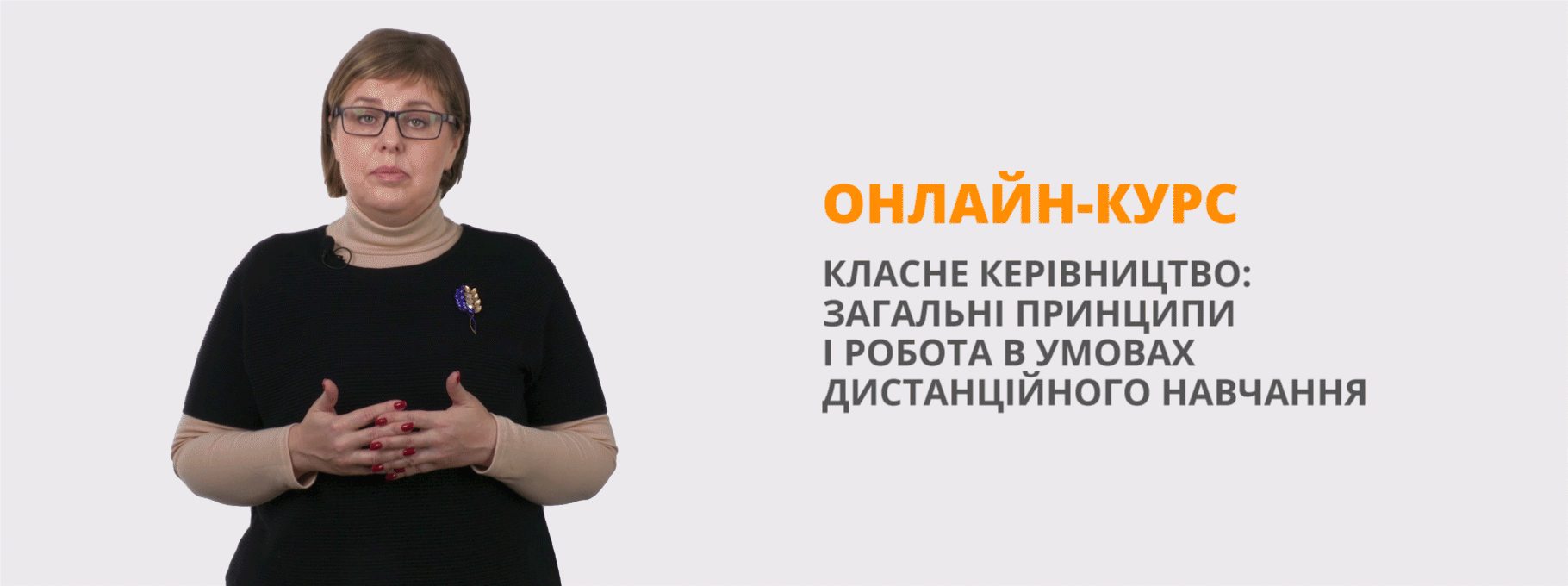Unit 1. MY FAMILY AND FRIENDS Lesson 5 Тема. Моя сім'я
Мета:
навчальна: презентувати новий граматичний і лексичний матеріал за темою «Моя сім'я»; практикувати мовні засоби за темою «Цифри» та «Знайомство»; «Дієслово to be»;
розвивальна: розвивати навички аудіювання, спонтанні відповіді на запитання та швидку реакцію;
виховна: виховувати вміння сконцентруватися, слухати інших, формувати доброзичливу атмосферу в класі.
Unit 1. MY FAMILY AND FRIENDS
Lesson 5
Тема. Моя сім'я
Мета:
навчальна: презентувати новий граматичний і лексичний матеріал за темою «Моя сім'я»; практикувати мовні засоби за темою «Цифри» та «Знайомство»; «Дієслово to be»;
розвивальна: розвивати навички аудіювання, спонтанні відповіді на запитання та швидку реакцію;
виховна: виховувати вміння сконцентруватися, слухати інших, формувати доброзичливу атмосферу в класі.
Обладнання: м'яч, картки з цифрами від 1 до 10, картки за темою «Сім'я», плакат «Дієслово to be».
1. Revise personal pronouns.
Point at a boy and a girl in the class and say “he / she”. Point at boys and girls and say “they”.
Point at yourself and say “I”. Come up to somebody. Take his / her hand and say “we”. Then point at somebody else and say “you”.
2. Ask a pupil to come to the front of the class and repeat the actions. If the pupil hesitates, help him / her.
PRESENTATION
3. Look and match. Say (p. 12, ex. 1).
Stick the family cards to the board. Teach four of the eight words using the flashcards: mother, father, daughter, son.
Point to the flashcards and make sure the whole class can see them. If necessary, walk round the room and show them to the pupils.
Pronounce every word clearly.
Do choral and individual repetition. Follow the same procedure three or four times.
Write the words and stick the flashcards under the words. Ask the pupils to spell the words. Draw the pupils’ attention to the word “daughter”.
When you have practiced these four words thoroughly, teach the other four words: aunt, uncle, sister, brother. Use the flashcards and follow the same procedure.
PRACTICE
4. Revise the numbers from 1 to 10.
Use the number flashcards. Stick them next to the family flashcards or write the numbers next to them.
Follow the same procedure as in ex. 1, p. 12.
Ask the pupils to answer your questions and point at the pictures.
— What is number 1?
— It’s a father.
— What is number 2?
— It’s a mother... and so on.
Pupils answer the questions and point at the pictures in their text books.
5. Listen and repeat (p. 12, ex. 2).
Read the dialogues and act them out. In pairs, pupils read and practice Dialogue 1 only. One or two pairs act out the dialogue.
In pairs, pupils read and practice Dialogue 2. One or two pairs act out the dialogue.
Pupils read and practice Dialogue 3 in pairs. One or two pairs act out the dialogue.
6. Pair work. Acting out (p. 13, ex. 3).
Act out the dialogues. Repeat with a different pupil, but this time let the pupil choose the partner to act them out with.
Repeat with several different pupils.
7. Grammar. The Verb to Be.
Work with the poster “The Verb to Be” or write the verb “to be” with different personal pronouns on the board. Read and translate the meanings of the verb “to be” into their native language. Explain the short forms too.
Revise the meanings of the verb “to be” using the table in the book (p. 13).
READING AND WRITING
8. Complete and say (p. 13, ex. 4).
Write the sentences on the board leaving gaps for the verb “to be”.
Do the task together with the pupils explaining why you use “am”, “is” or “are”. Pupils can explain in their native language. Use their native language to correct them if necessary.
Key: 1. My family is large. 2. We are a family of four. 3. This is my father. I am his son. Jane is his daughter. 4. He is a pupil. 5. They are my brothers. 6. My sister’s name is Helen.
9. Speak English (p. 13, ex. 5).
Pupils listen to your story about a relative.
I have got a sister. Her name is Ann. She is big. She is ten. She is from Ukraine. She lives in Kharkiv.
Ask the pupils to tell you about their relatives. Help or correct them if they have difficulties.
ENDING THE LESSON
Game: Number Bingo!
Pupils draw a six-square bingo frame and write a different number between 0 and ten in each square of the frame. They cross off each number as it is called out.
HOMEWORK
Learn the forms of the verb “to be” (p. 13).
Do ex. 5, p. 13.
Learn the new words.


про публікацію авторської розробки
Додати розробку
